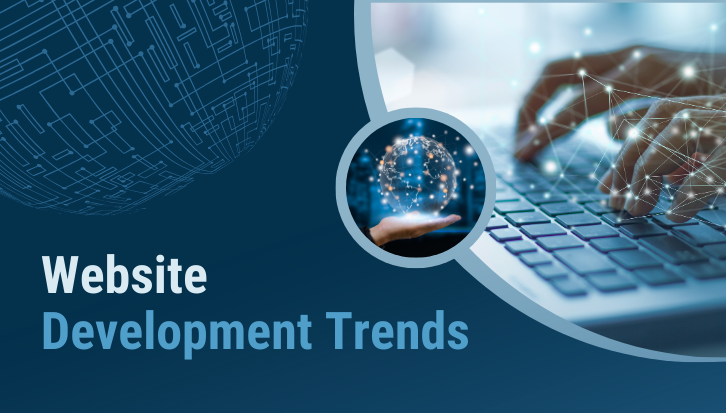Looking ahead, 2024 web development will see more innovation. Key trends include decentralized web technologies (Web3/blockchain), AI-enhanced site generation, and continued emphasis on speed and user experience. Emerging platforms leverage blockchain for secure, peer-to-peer data and identity, moving beyond traditional centralized architectures. At the same time, machine learning is being integrated directly into front-end experiences. According to industry analysts, “Decentralized web, advanced machine learning-incorporated websites, and progressive web apps are some of the top web development trends” for 2024.
Key Trends:
- Decentralized Web (Web3): Expect more experimentation with blockchain and peer-to-peer web technologies. Decentralized applications (dApps) and smart-contract integrations will enable new business models. For developers, this means building sites that can interact with crypto wallets, NFTs, and other decentralized services.
- AI-Generated UIs: Artificial intelligence will play a bigger role in UI/UX. New tools (e.g. Google’s Gemini) can automatically generate personalized interfaces from simple text prompts. This means designers and developers can iterate UIs faster by leveraging AI to draft layouts or code. AI-driven analytics will also optimize content in real time for each visitor.
- Advanced PWAs and Performance: The focus on fast, app-like web experiences will continue. PWAs and Google’s AMP (Accelerated Mobile Pages) are still essential for instant-loading content and improved SEO. By 2024, the number of AMP-enabled sites remains high, and many businesses report huge speed and conversion gains. Optimization of images, lazy loading, and efficient caching are standard practices to keep performance high.
- Enhanced Web Security: New browser features (e.g. secure sandboxes, privacy-preserving APIs) will be used alongside traditional HTTPS and Content Security Policy. As more functionality moves to the client, securing web endpoints is crucial. Developers will increasingly adopt federated login (OAuth 2.0/OIDC) and strict API gateways.
- GraphQL and API Evolution: GraphQL and other modern API paradigms will gain traction for front-end data fetching, allowing flexible queries from diverse data sources. This fits with an API-first approach, letting different parts of web apps (mobile, desktop, IoT) consume data efficiently.
The 2024 web is about intelligence and interactivity. Companies should experiment with decentralized platforms and AI tools while maintaining high performance. For European IT teams, staying on top of these shifts (and following EU digital policies) will ensure that web applications remain cutting-edge, secure, and highly responsive.


